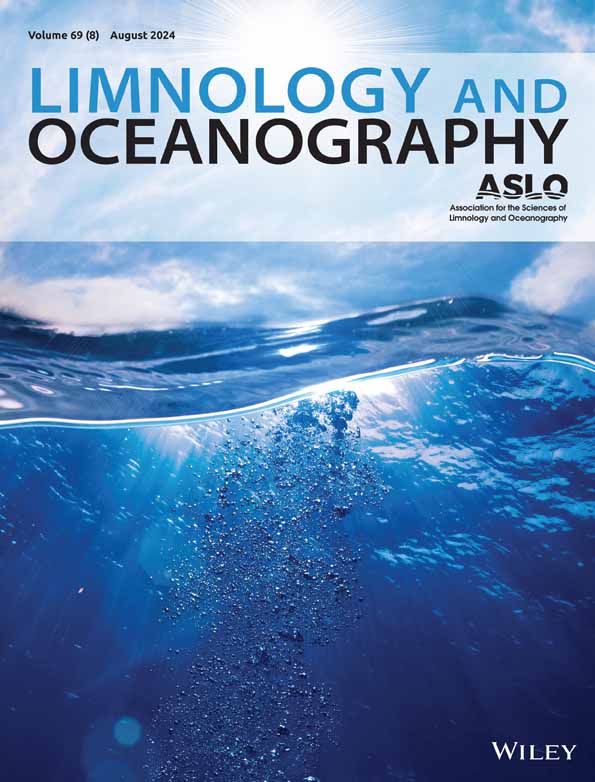Urban heterogeneity drives dissolved organic matter sources, transport, and transformation from local to macro scales
IF 3.7
1区 地球科学
Q1 LIMNOLOGY
引用次数: 0
Abstract
Urbanization reshapes dissolved organic matter (DOM) sources, transport, and transformations through changes in vegetation, hydrology, and management of waste and water. Yet the impacts of urbanization on DOM are variable within and among cities. Predicting heterogeneous responses to urbanization is challenged by diverse human activities and underlying biophysical variation along stream networks. Using data from the 486 largest urban areas in the continental United States and seven focal cities, we identified macro and local scale urban gradients in social, built, and biophysical factors that are expected to shape DOM. We used these gradients and the literature to develop hypotheses about heterogeneity in DOM quantity and quality within and among cities. Interactions among landscape and infrastructure attributes across spatial and temporal scales result in heterogeneous responses in DOM. Characterizing and quantifying these inconsistent responses to urbanization in contrasting settings may help to better understand heterogeneity and identify generalities among urban watersheds.城市异质性驱动溶解有机质来源、运输和从局部到宏观尺度的转化
城市化通过植被、水文、废物和水管理的变化重塑了溶解有机质(DOM)的来源、运输和转化。然而,城市化对DOM的影响在城市内部和城市之间是不同的。预测对城市化的异质反应受到各种人类活动和河流网络潜在生物物理变化的挑战。使用来自美国大陆486个最大城市地区和7个重点城市的数据,我们确定了社会、建筑和生物物理因素中宏观和局部尺度的城市梯度,这些因素有望塑造DOM。我们利用这些梯度和文献来提出关于城市内部和城市之间DOM数量和质量异质性的假设。景观和基础设施属性在时空尺度上的相互作用导致DOM的异构响应。在不同的环境下对这些不一致的城市化反应进行表征和量化,可能有助于更好地理解异质性,并确定城市流域之间的共性。
本文章由计算机程序翻译,如有差异,请以英文原文为准。
求助全文
约1分钟内获得全文
求助全文
来源期刊

Limnology and Oceanography
地学-海洋学
CiteScore
8.80
自引率
6.70%
发文量
254
审稿时长
3 months
期刊介绍:
Limnology and Oceanography (L&O; print ISSN 0024-3590, online ISSN 1939-5590) publishes original articles, including scholarly reviews, about all aspects of limnology and oceanography. The journal''s unifying theme is the understanding of aquatic systems. Submissions are judged on the originality of their data, interpretations, and ideas, and on the degree to which they can be generalized beyond the particular aquatic system examined. Laboratory and modeling studies must demonstrate relevance to field environments; typically this means that they are bolstered by substantial "real-world" data. Few purely theoretical or purely empirical papers are accepted for review.
 求助内容:
求助内容: 应助结果提醒方式:
应助结果提醒方式:


